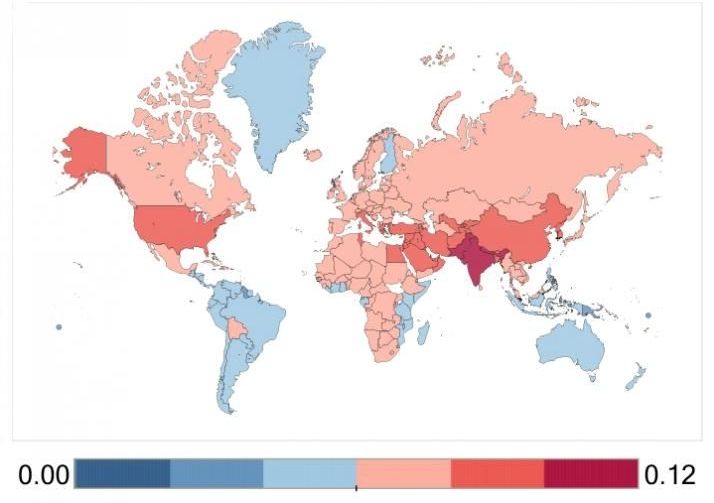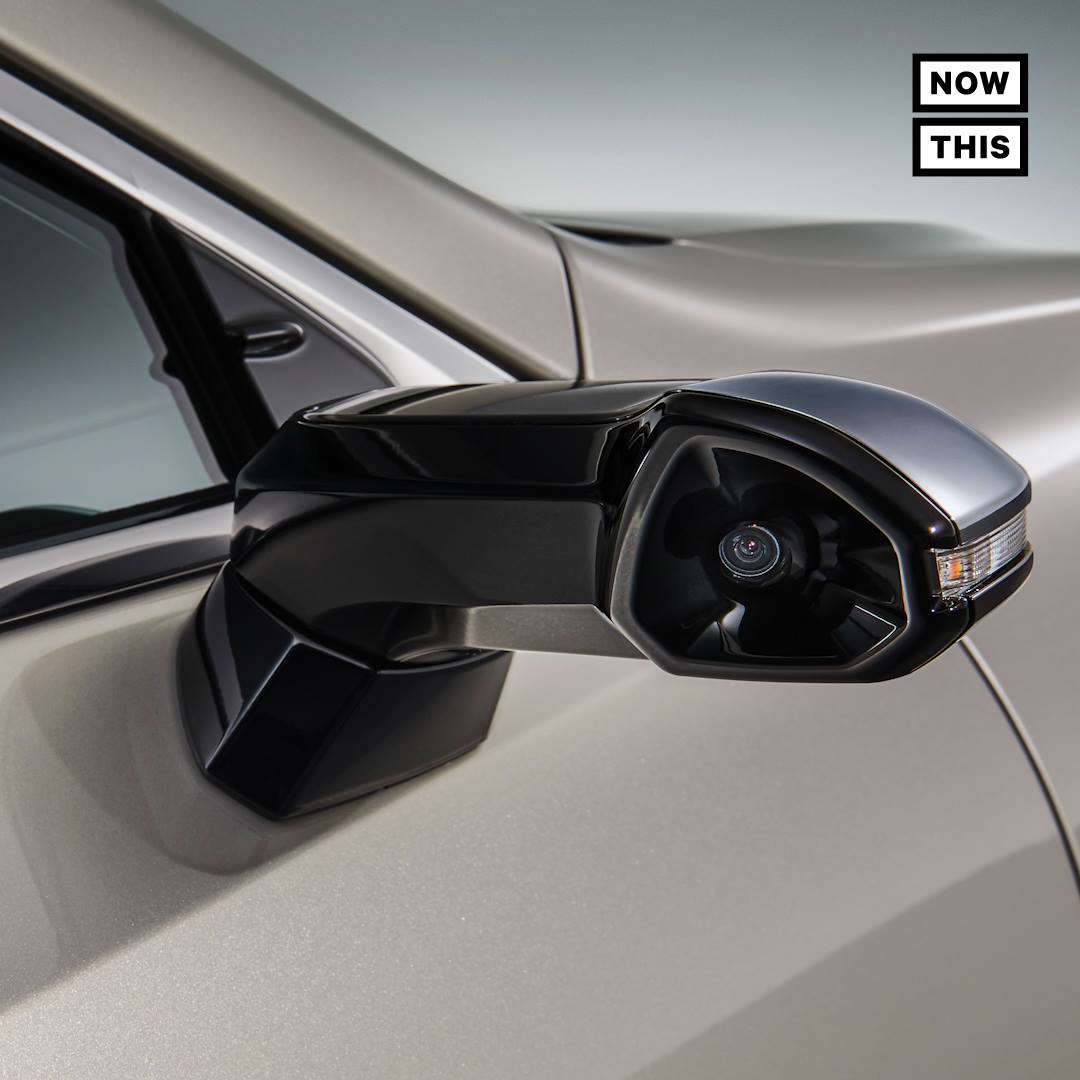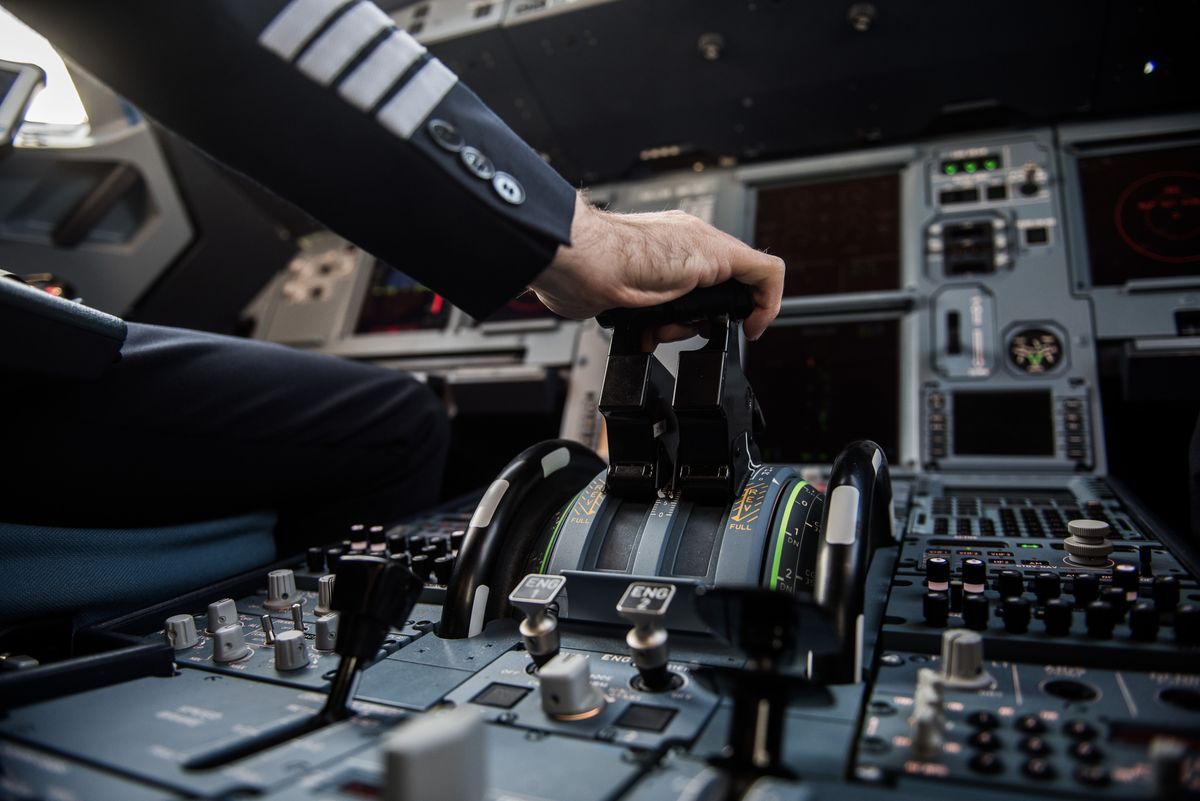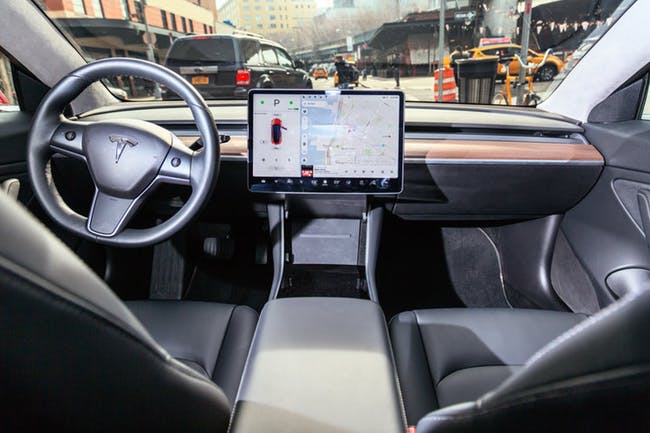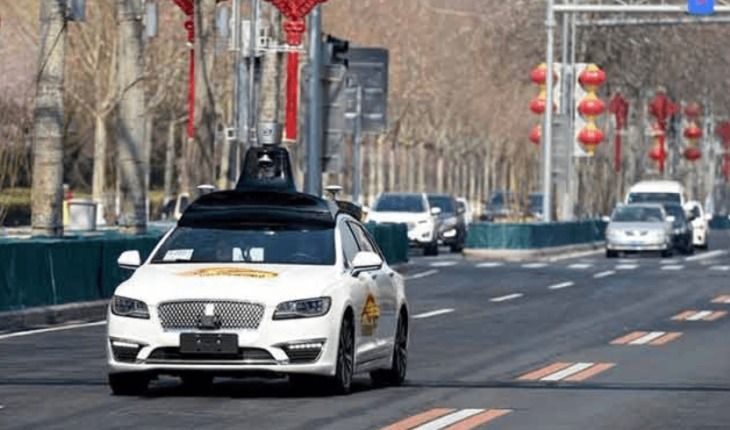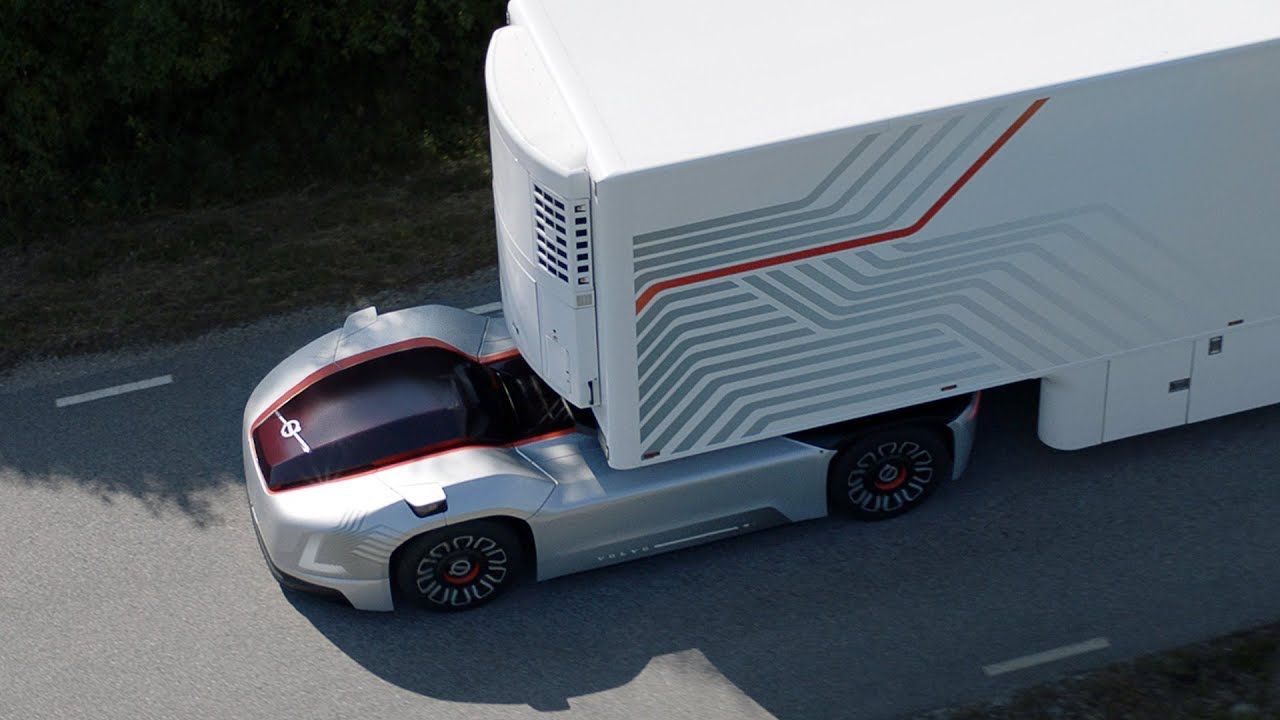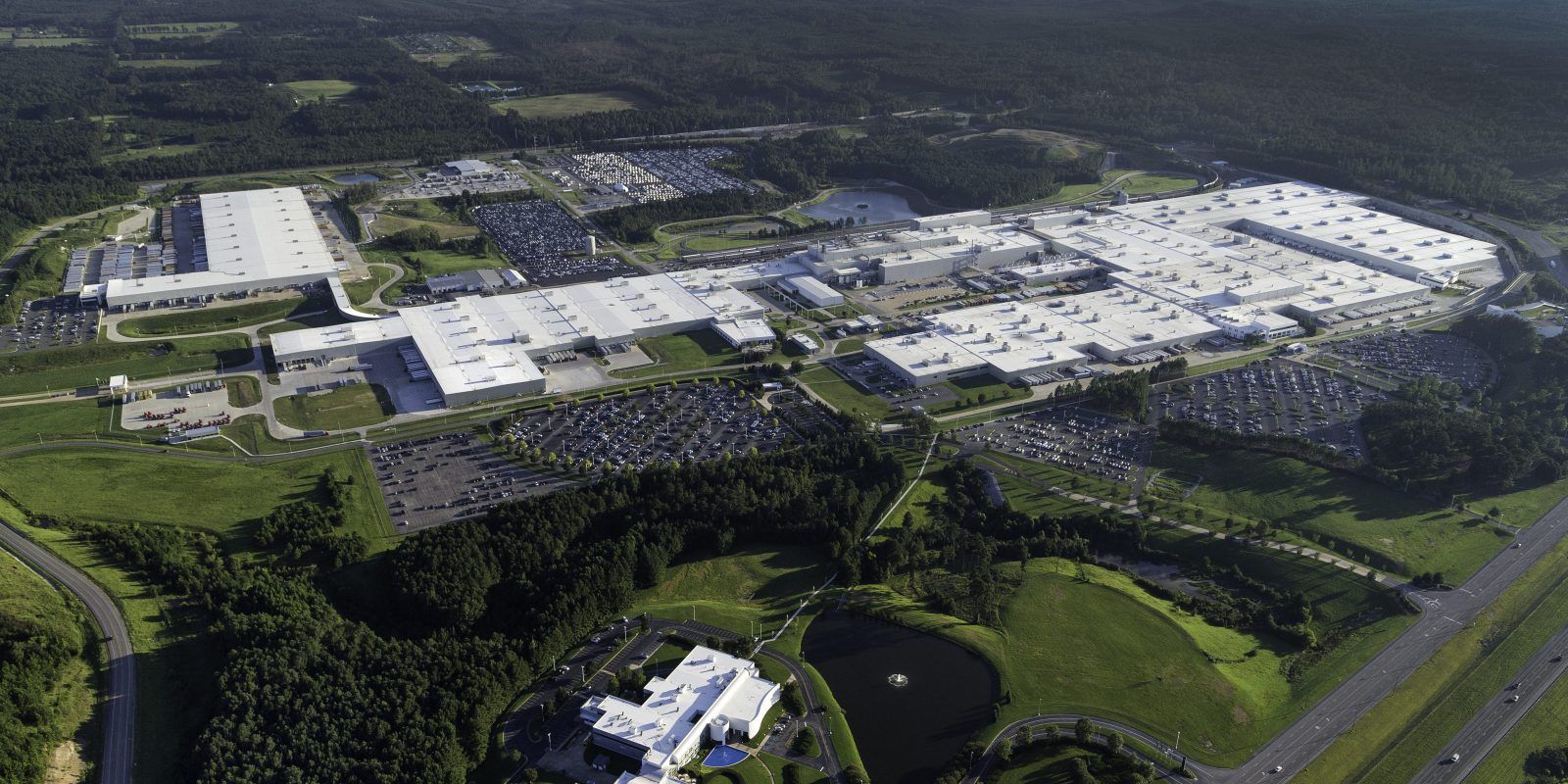The new research suggests that:
WASHINGTON, DC (Oct. 24, 2018)— Nine to 33 million visits to the emergency room (ER) for asthma worldwide may be triggered by breathing in air polluted by ozone or fine particulate matter—pollutants that can enter the lung’s deep airways, according to a study published today.
Scientists have long known that breathing in air sullied by car emissions and other pollutants could trigger asthma attacks. However, the new study is the first to quantify air pollution’s impact on asthma cases around the globe.
“Millions of people worldwide have to go to emergency rooms for asthma attacks every year because they are breathing dirty air,” said Susan C. Anenberg, PhD, MS, lead author of the study and an Associate Professor of Environmental and Occupational Health at the George Washington University Milken Institute School of Public Health (Milken Institute SPH). “Our findings suggest that policies aimed at cleaning up the air can reduce the global burden of asthma and improve respiratory health around the world.”
